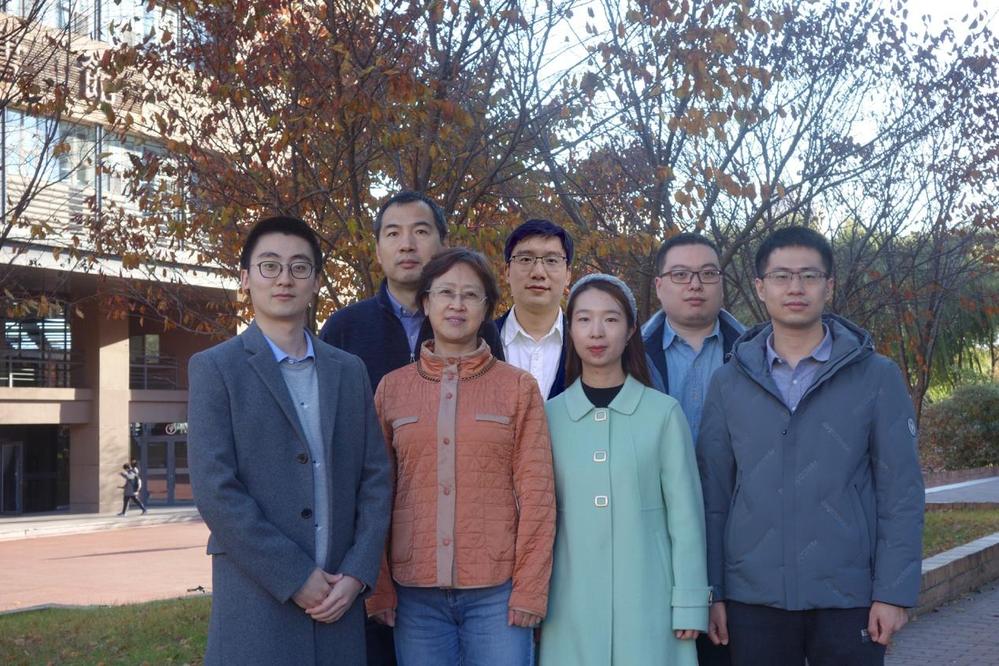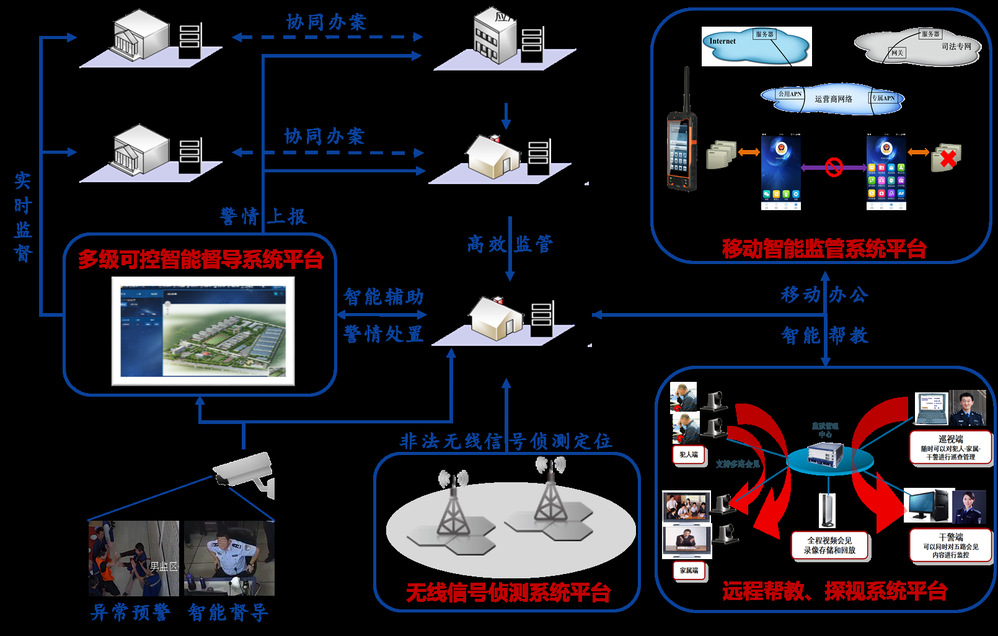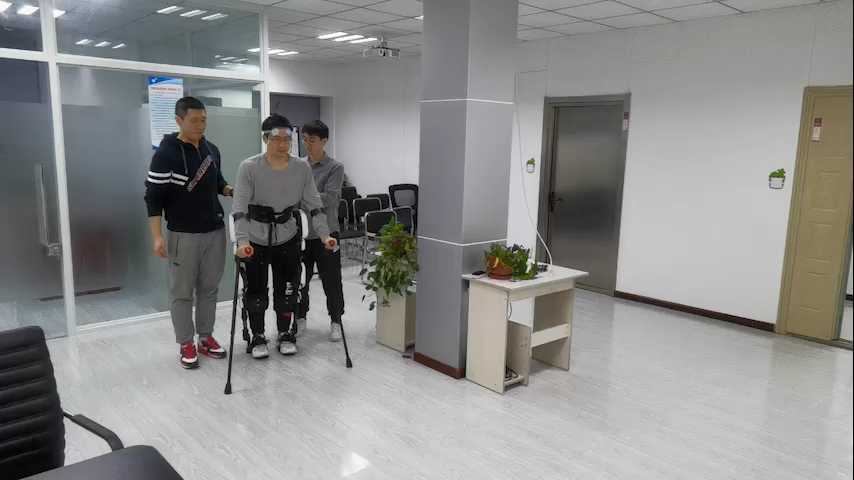
The center currently has 8 teachers, including 1 doctoral supervisors, 1 professors, 1 associate professors and 1 senior engineer. Main research fields include brain-inspired learning and memory methods, emotional and brain cognitive states and laws, brain-inspired computational models, multimedia content analysis technology, intelligent information processing technology, brain diseases and brain rehabilitation equipment, intelligent communication technology, etc. The research center is composed of Brain and Intelligence Research Center, Brain Science and Disease Laboratory, Brain-Computer Interface and Brain-inspired Intelligence Key Laboratory and Joint Lab for Judicial Big Data Intelligent Processing Technology . The Center is dedicated to researching the topological connectivity patterns of the structural and functional connectivity groups of the human brain and their physiological basis through multimodal neuroimaging techniques (such as fNIRS, fMRI) and EEG signal acquisition and analysis techniques, and to researching the brain mechanisms of auditory cognition and speech cognition and further applying them to brain-inspired intelligence methods realize intelligent information processing on multimedia and to brain diagnosis and brain rehabilitation equipment development. As the chief scientist of the National Key R&D Program and the strategic expert of 2030 Brain Science and Brain-inspired Research of the Ministry of Science and Technology of China, Prof. Haifeng Li, the director of the Center, has led the Center to lead two National Key R&D Programs in recent years. As for other projects, we have completed more than 20 projects including National High-tech R&D Program of China (863 Program), National Natural Science Foundation of China (NSFC), Ministerial Foundation Program and key scientific and technological projects, Provincial Key R&D Program, etc. We gained 1 prize for National Science and Technology Progress Award and 10 prizes for Ministerial Science and Technology Progress Award. Over 200 papers have been published in/at domestic and international academic journals and conferences, and two translations have also been published.







